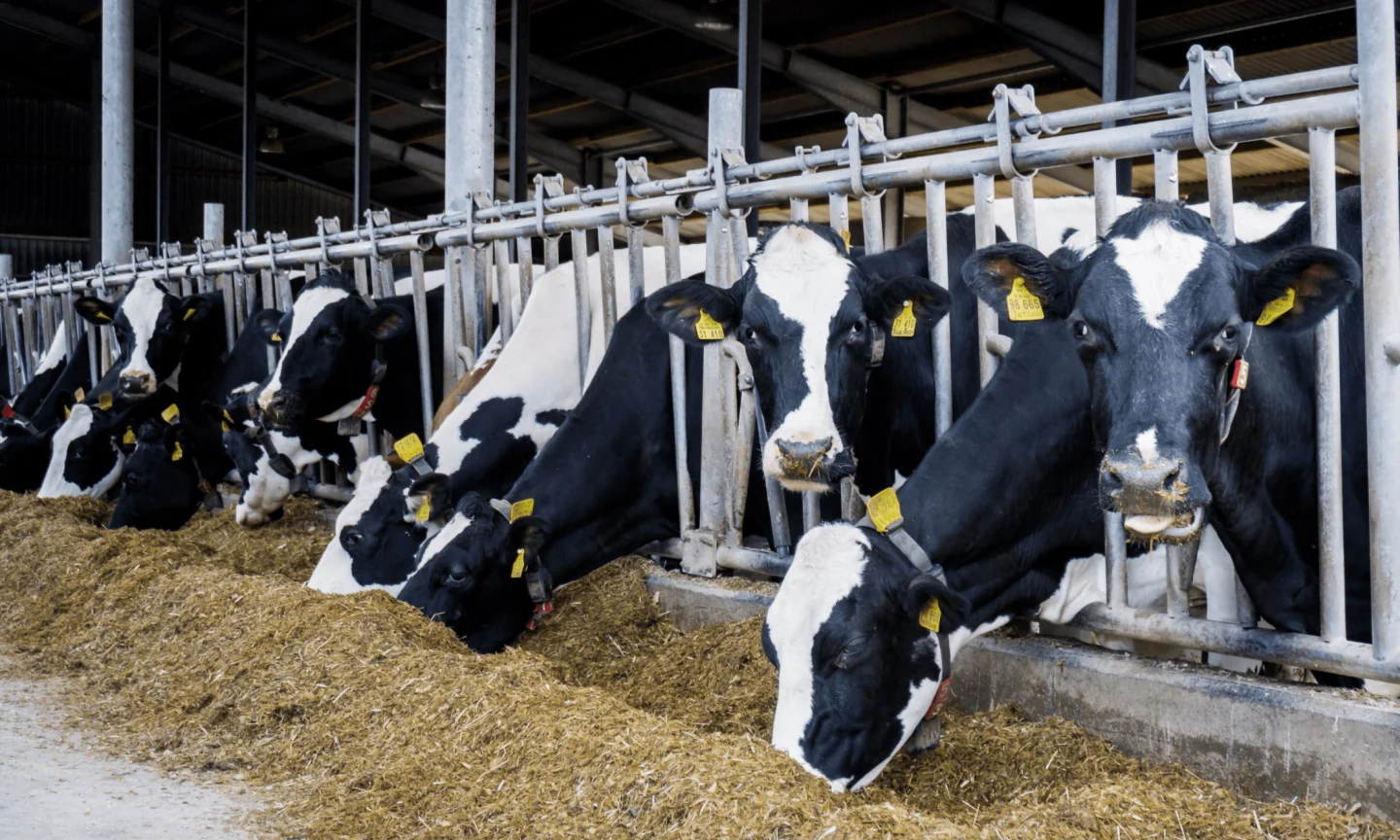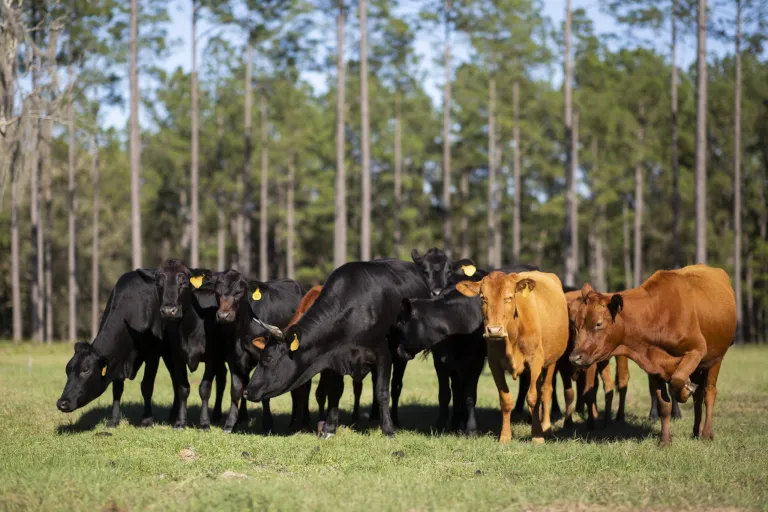
The Complex Landscape of Cattle Ranching in Nepal: Balancing Economic Opportunity with Environmental Responsibility
Introduction:
Cattle ranching has long been a significant aspect of agricultural and economic landscapes worldwide, including Nepal. However, this traditional practice has controversies, particularly concerning its environmental impacts. In this article, we’ll delve into the multifaceted nature of cattle ranching in Nepal, exploring its benefits, environmental challenges, considerations for prospective ranch buyers, and its role in deforestation.
Cattle ranching in Nepal has deep-rooted cultural and economic significance. Historically, cattle have been integral to agricultural practices, serving as dairy, meat, and draft power sources. In rural areas, cattle often symbolize wealth and social status, and their ownership is a marker of prosperity.
Nepal’s diverse topography and climate provide suitable conditions for cattle ranching, with various regions offering grazing lands and abundant fodder resources. Traditional husbandry practices, such as transhumance (seasonal movement of livestock), are prevalent in mountainous areas, where herders migrate with their cattle to higher altitudes during the summer and return to lower elevations in winter.
However, the landscape of cattle ranching in Nepal is evolving. Rapid urbanization, changing dietary habits, and increased commercialization have led to shifts in livestock management practices.
Similarly, Top Cattle Farming Tips for Success
Why Is Cattle Ranching Bad for the Environment?
While cattle ranching offers economic opportunities, it also poses significant environmental challenges. One of the primary concerns is deforestation, especially in areas where trees are cut down to make pastureland or for feed production. In Nepal, deforestation associated with cattle ranching contributes to habitat loss, biodiversity depletion, soil erosion, and carbon emissions.
Moreover, intensive livestock farming practices, including confinement operations and feedlot systems, can lead to soil degradation, water pollution, and greenhouse gas emissions. Methane, a potent greenhouse gas produced during enteric fermentation in ruminant animals, contributes to global warming and climate change.
Another environmental issue linked to cattle ranching is water consumption. A significant amount of water is needed for livestock production to drink, clean, and irrigate feed crops. In regions prone to water scarcity, excessive water use by cattle ranching can exacerbate resource depletion and conflicts over water allocation.

Cattle Ranching In Nepal(Source: thehumaneleague)
Furthermore, cattle ranching can contribute to soil degradation through overgrazing, trampling, and nutrient depletion. Unmanaged grazing practices can lead to soil compaction, reduced vegetation cover, and loss of soil fertility, affecting ecosystem resilience and productivity.
The Top 5 Things to Look for When Purchasing a Cattle Ranch in Nepal:
For individuals or entities considering investment in cattle ranching in Nepal, several key considerations must be considered to guarantee sustainable and ethical practices:
- Land Use Planning: Prioritize lands with minimal ecological value and suitable for cattle grazing without causing significant environmental harm. Conduct thorough assessments of soil quality, water availability, and biodiversity conservation priorities.
- Sustainable Grazing Management: Implement rotational grazing systems and rest periods to prevent overgrazing and promote vegetation regeneration. Adopt agroforestry practices to integrate trees and shrubs into pasturelands, enhancing ecosystem services and biodiversity conservation.
- Water Resource Management: Develop water-efficient infrastructure for cattle watering and invest in rainwater harvesting and irrigation technologies to minimize water wastage and ensure sustainable water use.
- Environmental Compliance: Familiarize yourself with local environmental regulations and compliance requirements for land use, water use, waste management, and forest conservation. Obtain necessary permits and approvals before initiating cattle ranching operations.
- Community Engagement: Transparent communication, consultation, and participation foster positive relationships with local communities and stakeholders. Respect indigenous knowledge and cultural practices related to cattle rearing and land management, and collaborate with communities to implement sustainable livelihood initiatives.
By prioritizing these considerations, prospective ranch buyers can mitigate environmental risks associated with cattle ranching and contribute to conserving Nepal’s natural resources.
Benefits of Cattle Ranching:
Despite its environmental challenges, cattle ranching offers several benefits to Nepal’s economy, society, and food security:
- Economic Opportunities: Cattle ranching provides livelihood opportunities for smallholder farmers, pastoralists, and rural communities. It generates income by selling livestock, dairy products, and by-products such as hides and manure.
- Food Security: Livestock products, including milk, meat, and eggs, are essential sources of nutrition and protein for Nepalese households, particularly in rural regions with limited access to various dietary options.
- Agricultural Diversification: Integrating cattle ranching with crop farming can enhance agricultural resilience and diversification, providing farmers with multiple income streams and risk mitigation strategies against crop failures and market fluctuations.
- Rural Development: Cattle ranching contributes to rural development by stimulating local economies, creating employment opportunities, and supporting ancillary industries such as veterinary services, feed production, and dairy processing.
- Cultural Heritage: Cattle rearing is deeply ingrained in Nepal’s cultural heritage and traditional practices, serving as a symbol of identity, social cohesion, and spiritual significance.

Cattle Ranching Benefits(Source: southeastagnet)
Cattle Ranching Deforestation:
Deforestation associated with cattle ranching remains a significant environmental concern in Nepal and other regions with extensive livestock production. Forest clearance for pasture expansion and feed cultivation diminishes forest cover, disrupts ecosystems, displaces wildlife, and compromises water quality and quantity.
Addressing deforestation linked to cattle ranching requires a multifaceted approach, including:
- Sustainable Land Use Planning: Promoting land-use policies prioritizing forest conservation, habitat restoration, and sustainable grazing practices to minimize the conversion of forests to pasturelands.
- Agroforestry Initiatives: Encouraging the adoption of agroforestry systems that integrate trees, shrubs, and grasses into pasturelands, enhancing biodiversity, soil health, and carbon sequestration while providing supplementary fodder for livestock.
- Law Enforcement and Governance: Strengthen enforcement mechanisms to combat illegal deforestation, land encroachment, and forest degradation and enhance governance frameworks for sustainable land management and natural resource conservation.
- Community Empowerment: Engaging local communities as stewards of forest resources through participatory conservation approaches, land tenure rights, and alternative livelihood opportunities that incentivize forest protection and sustainable land use practices.
- Market-Based Solutions: Promoting certification schemes, eco-labeling, and market incentives for sustainably produced beef and dairy products, encouraging consumers to make environmentally conscious choices and rewarding producers for adopting responsible cattle ranching practices.
Conclusion:
Cattle ranching in Nepal presents a complex interplay of economic, social, and environmental dynamics. While it offers livelihood improvement and agricultural development opportunities, it poses significant challenges related to deforestation, biodiversity loss, and environmental degradation. By adopting sustainable land management practices, engaging with local communities, and integrating environmental considerations into decision-making processes, stakeholders can work towards achieving a balance between economic prosperity and environmental stewardship in Nepal’s cattle ranching sector.
Also Read: A Comprehensive Guide to Aquarium Fish Feed: Tips, Types of Feed, and Best Practices
